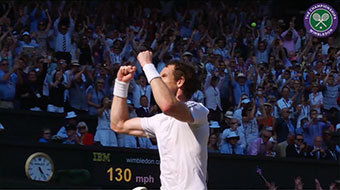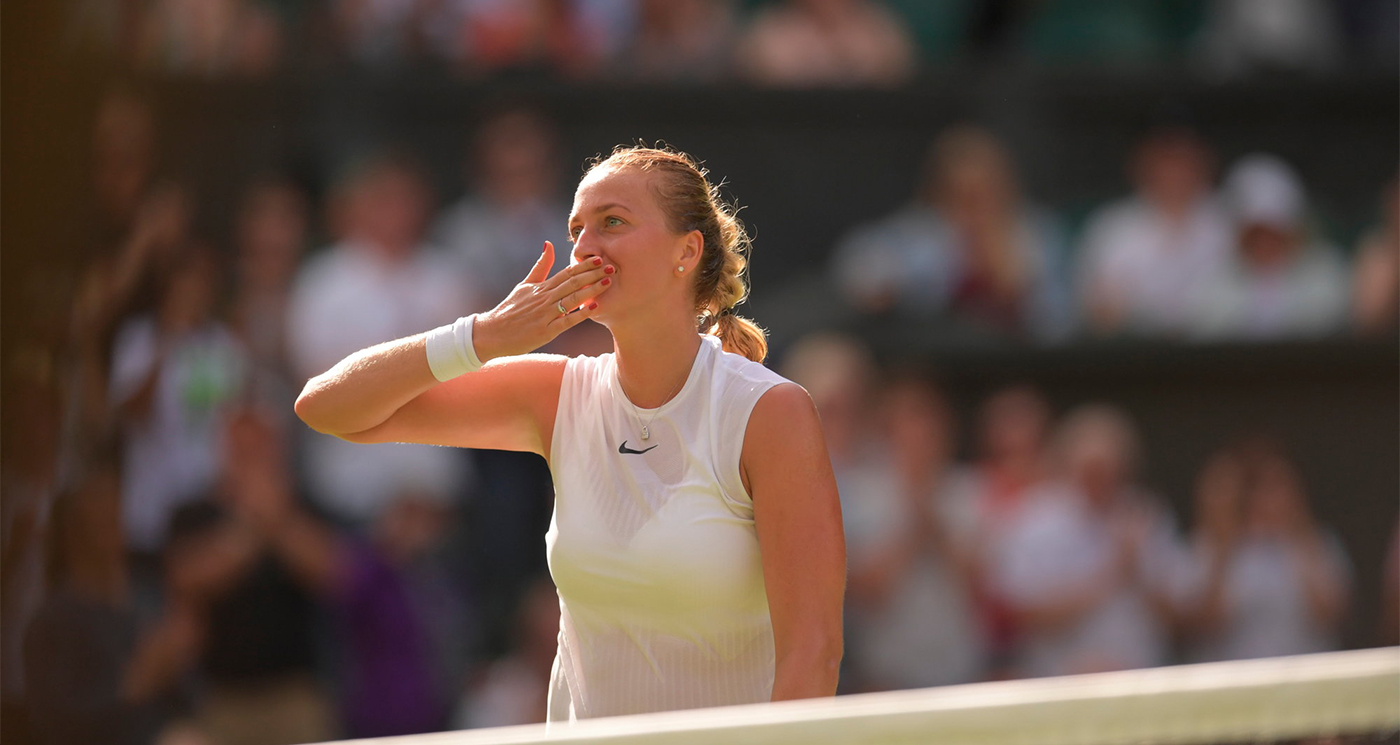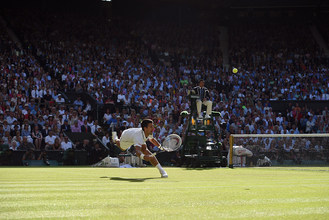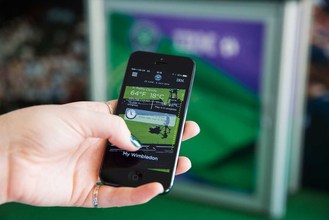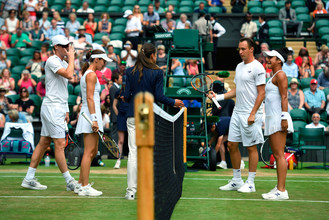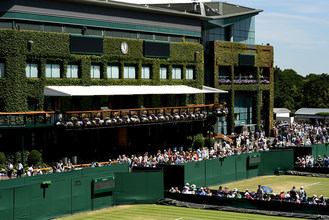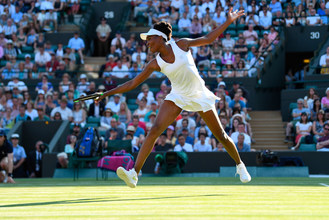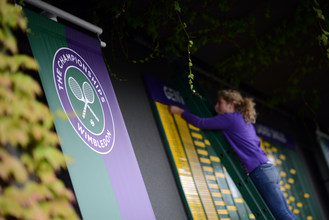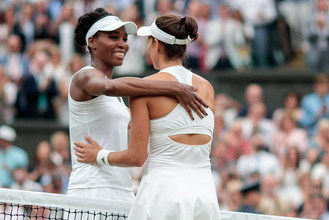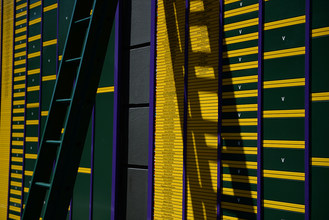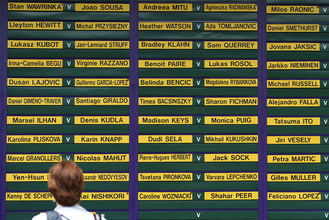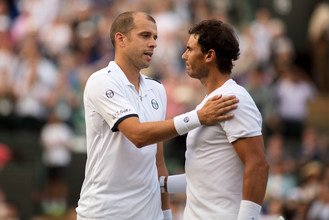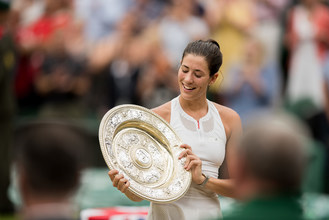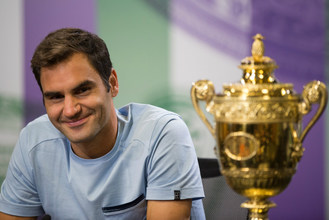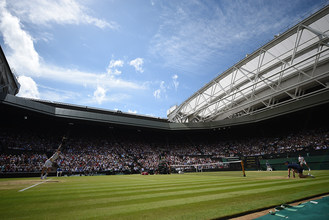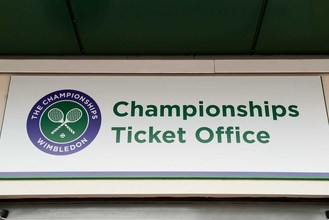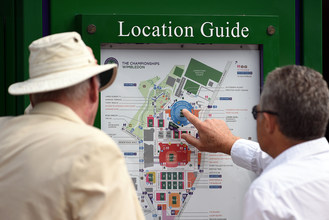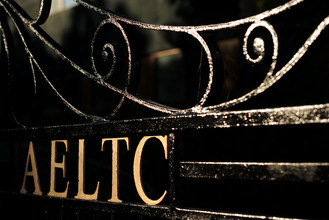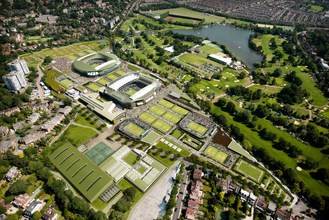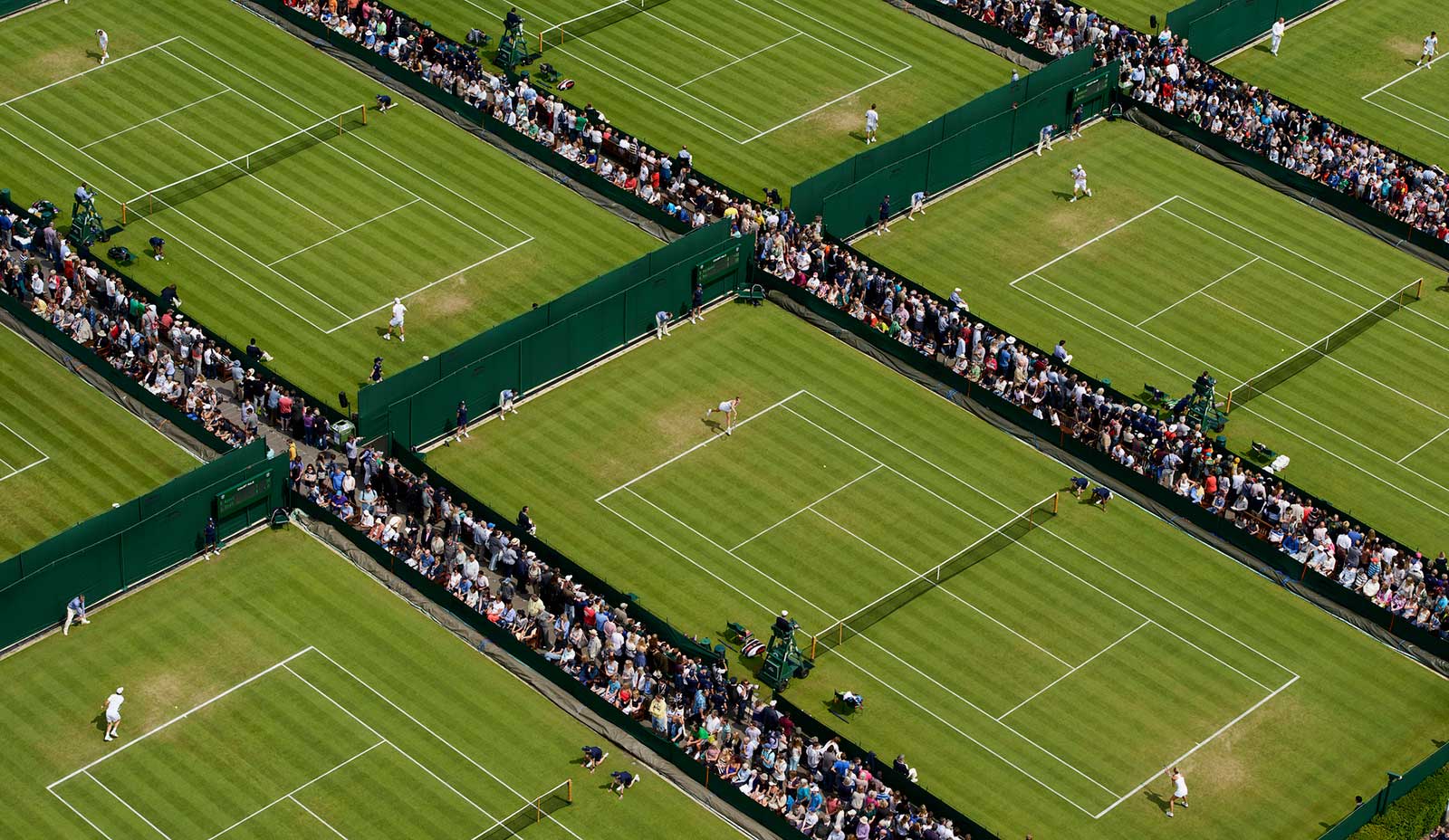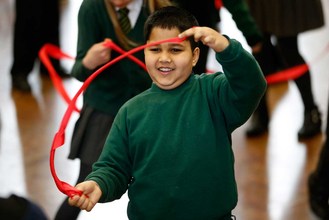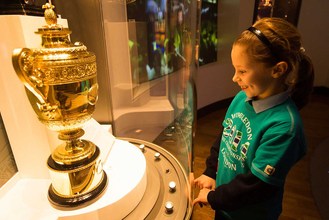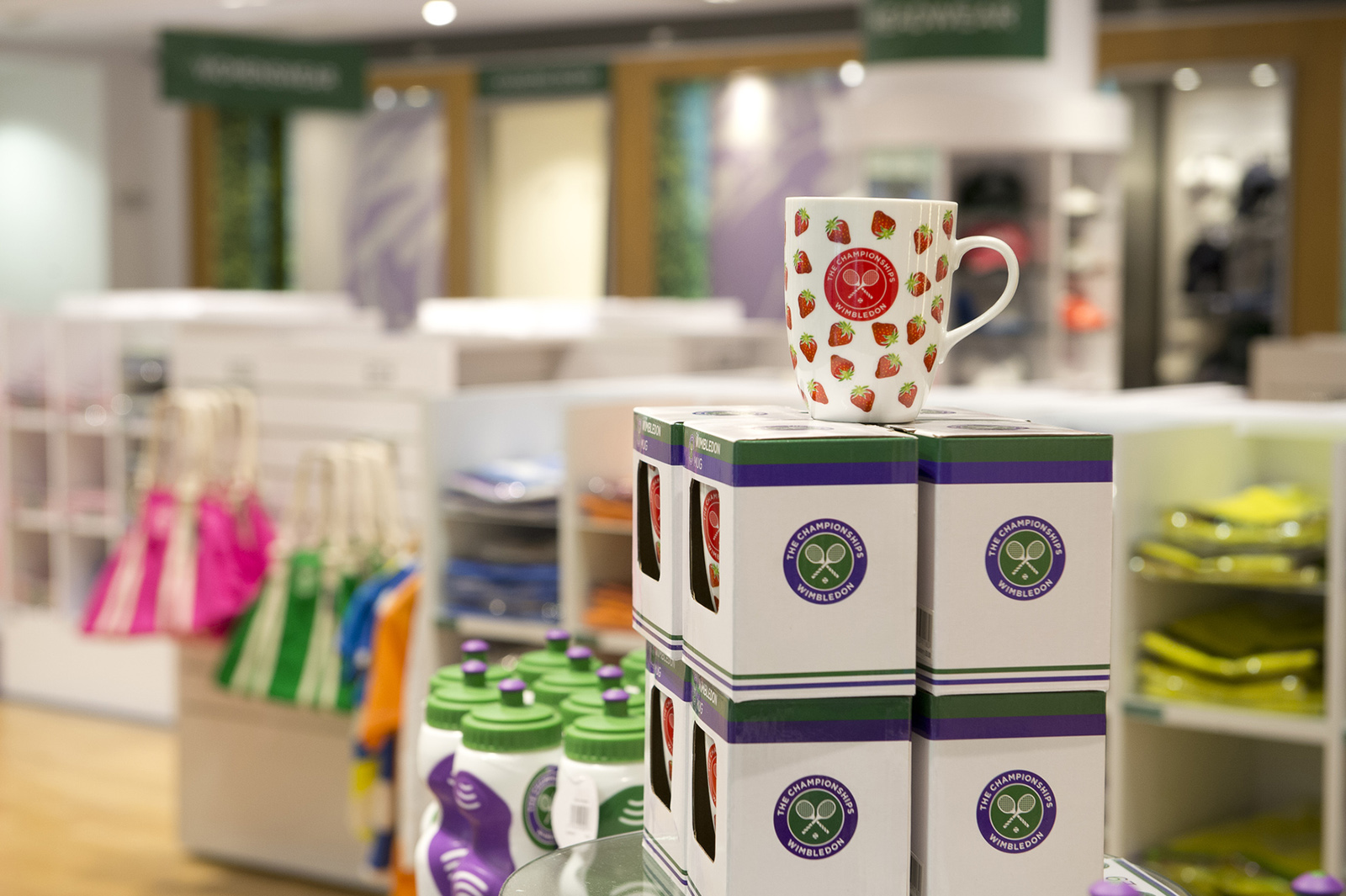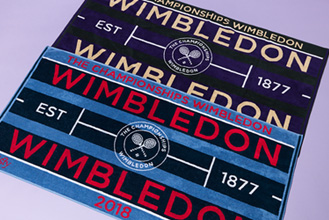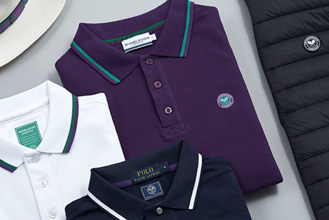In an age when the schedule is so demanding that some leading players make only occasional appearances in the Fed Cup, the achievements of Petra Kvitova are quite remarkable.
Over the 54-year history of the women’s team event, Kvitova is one of only three players who have twice won both the ladies’ singles title at The Championships and the Fed Cup in the same year. Kvitova performed the feat in 2011 and 2014, Billie Jean King having done it in 1966 and 1967 and Martina Navratilova in 1982 and 1986.
The line-up for this weekend’s Fed Cup final in Minsk between Belarus and the United States tells its own story of the challenge to keep players fit and available through a long season. The American team does not include the country’s highest ranked player, Venus Williams, whose demanding year began in New Zealand in the first week in January and ended with her run to the final of the season-ending WTA Finals in Singapore.
In the early years of the competition, which was launched in 1963 as the Federation Cup, just about all the top players took part. It helped that until 1995 all the matches were staged over one week at a single venue, often just before or after one of the Grand Slam tournaments.
The inaugural Federation Cup was staged at The Queen’s Club in London in the week before the start of The Championships. The final opposed Australia’s Margaret Smith (later to be Margaret Court) and the United States’ Billie Jean Moffitt (later to be Billie Jean King), who would go on to meet in the final at Wimbledon less than three weeks later.
At Queen’s Moffitt and Darlene Hard won the deciding doubles rubber against Court and Lesley Turner. At The Championships Smith turned the tables, beating Moffitt 6-3, 6-4 in the final.
Two years later Smith beat the American 6-4, 8-6 in Melbourne in January to secure a second successive Federation Cup triumph for her country. She went on to become the first player to win the Wimbledon title in the same year when she beat Maria Bueno 6-4, 7-5 on Centre Court.
King repeated the double feat in both the following years. In 1966 she enjoyed a second Federation Cup triumph, leading the United States to victory over Germany in the final in Turin in May, and went on to win the singles title at The Championships for the first time, having fallen in the final or semi-finals in each of the three previous years. After beating her great rival, Smith, in the semi-finals, she took the title with a 6-3, 3-6, 6-1 victory over Bueno.
In 1967 the Federation Cup was held on clay in Berlin between Roland Garros and Wimbledon. King was unbeaten in singles and doubles and secured the United States’ victory in the final by beating Britain’s Ann Jones 6-3, 6-4 in the second singles rubber.
The score was identical when the two women met in the final at The Championships less than a month later as King claimed the second of her six Wimbledon singles titles.
When Navratilova made her Federation Cup debut in Aix-en-Provence in May 1975 at the age of 18 she represented the country of her birth and won all 10 of her singles and doubles rubbers as Czechoslovakia won the event for the first time. At The Championships less than two months later Navratilova reached the quarter-finals for the first time before losing to Court.
By the time Navratilova next appeared in the Federation Cup, seven years later, she was representing the United States. Having fled Czechoslovakia to live in the US, she had become an American citizen in 1981.
Navratilova first played for the United States in the Federation Cup in California in July 1982, less than three weeks after winning the ladies’ singles title at The Championships for the third time. Her most convincing Wimbledon campaign so far – the only set she dropped was in the final – had followed her first French Open triumph, after which she rose to No.1 in the world rankings, a position which she would hold for the next three years.
Chris Evert had been Navratilova’s opponent in all three of her Wimbledon finals to that point, but at the Decathlon Club in Santa Clara they were team mates as the United States won the Federation Cup without losing any rubbers. In the semi-finals they knocked out Czechoslovakia, with Navratilova beating Hana Mandlikova, 6-4, 0-6, 6-1.
Navratilova did not play in the competition again until July 1986, when it was staged in Prague, enabling her to return to her country of origin for the first time since her defection. She arrived fresh from her fifth successive triumph at The Championships, where she had won all seven of her matches in straight sets and beaten Mandlikova 7-6(1), 6-3 in the final.
In Prague Navratilova was again unbeaten in 10 rubbers. The final was against Czechoslovakia, with Navratilova, fittingly enough, clinching victory by beating Mandlikova 7-5, 6-1 in the second singles rubber.
The competition was renamed the Fed Cup in 1995, when the Davis Cup’s home-and-away format was adopted. Since then the only player other than Kvitova to complete a Wimbledon-Fed Cup double is Lindsay Davenport, who did so in 1999. Having beaten Steffi Graf 6-4, 7-5 in the Wimbledon final, Davenport joined forces with the Williams sisters in California in September to overcome Russia 4-1 in the Fed Cup final.
Kvitova’s first Wimbledon-Fed Cup double came in a remarkable year for the Czech, who played 73 matches in 2011, winning 60 of them. Having reached the final at Eastbourne, she won tight three-set matches in the quarter-finals and semi-finals at The Championships, against Tsvetana Pironkova and Victoria Azarenka respectively, before beating Maria Sharapova 6-3, 6-4 in the final.
A seemingly never-ending season saw Kvitova win the WTA Championships in Istanbul, beating Azarenka in the final, and then lead the Czechs to victory over Russia in Moscow in the Fed Cup final by winning both of her singles rubbers.
In the build-up to The Championships in 2014 Kvitova pulled out of her Eastbourne quarter-final with a hamstring injury but recovered her fitness in time to win her second Wimbledon title, beating Eugenie Bouchard 6-3, 6-0 in a one-side final. Her biggest test came in the third round when she beat Venus Williams in one of the matches of the fortnight, winning 5-7, 7-6(2), 7-5 after two and a half hours.
The Czech was still going strong four months later. Having beaten Andrea Petkovic in the opening rubber of the Fed Cup final against Germany in Prague, Kvitova put the Czech Republic into an unassailable 3-0 lead with a thrilling 7-6(5), 4-6, 6-4 victory over Angelique Kerber.

